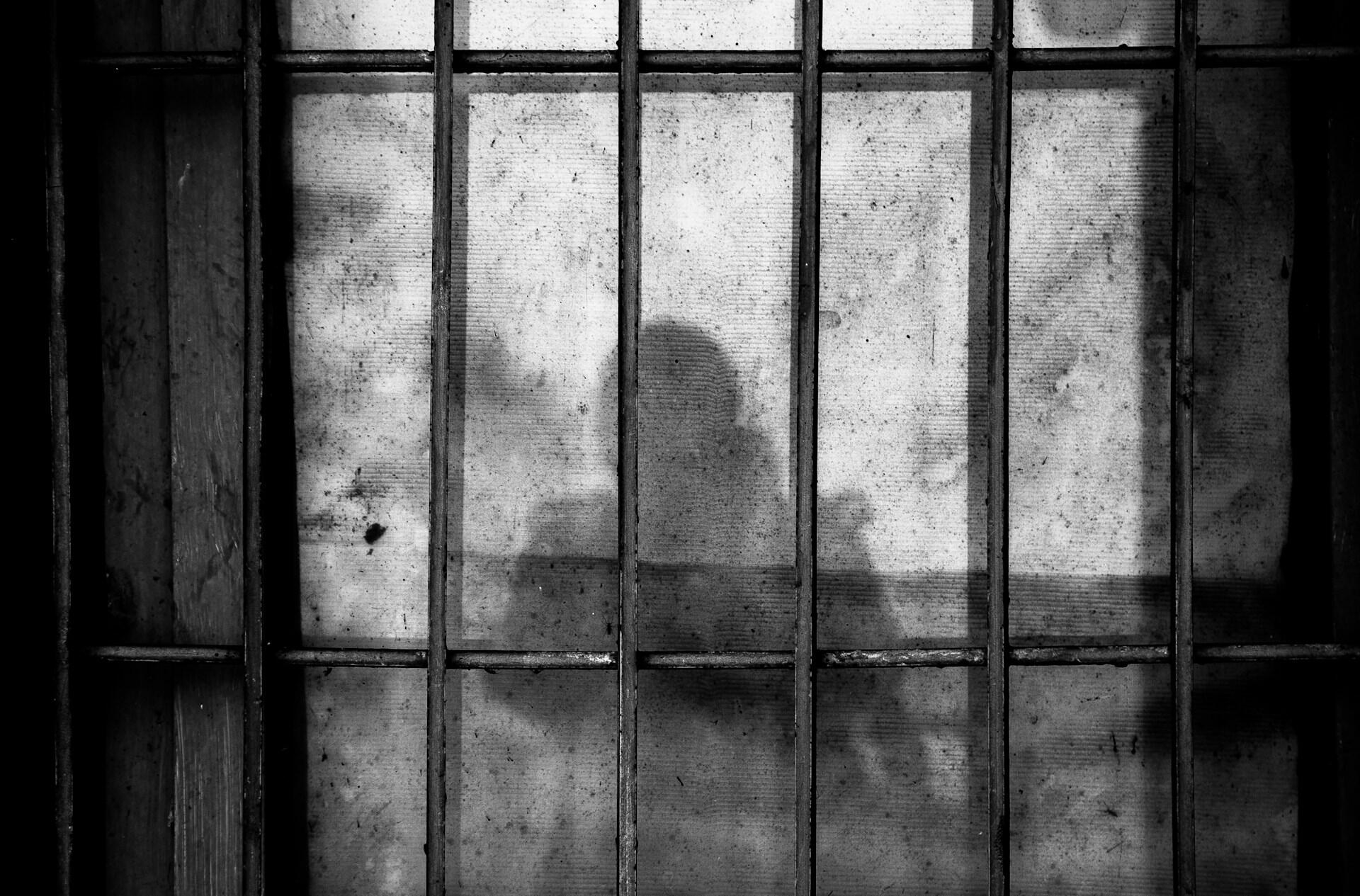If Netflix movie queues are anything to go by, monster fare is a thriving genre. But isn't it curious that all the movie monsters we see have their roots in classic monster books? With Halloween just around the corner, it's time to meet these iconic monsters. Here, in order of appearance, you can study them all.
| 👾Monster | 📅Year it appeared | 📝Author | 🔎Characteristics |
|---|---|---|---|
| Grendel | est. 700–1000 AD | Unknown | A cursed being, destroyer, eater of humans |
| The Blatant Beast | 1590 | Edmund Spenser | lives to destroy lives and ruin reputations |
| Frankenstein's monster | 1818 | Mary Shelley | Intelligent, sensitive, lonely, and later, violent and vengeful. |
| Mr Hyde | 1886 | Robert Louis Stevenson | Violent, brutish, slovenly |
| The Canterville Ghost | 1887 | Oscar Wilde | Insistent, sorrowful, pleading, wise. |
| The Invisible Man | 1897 | H. G. Wells | Unfriendly, introverted, coercive, rude. |
| Dracula | 1897 | Bram Stoker | Suave, charming, erotic, amoral |
| The Beetle | 1897 | Richard Marsh | Shape-shifter, cruel, vengeful, mesmerising, cunning. |
| Smaug | 1937 | J. R. R. Tolkien | Powerful, devious, greedy, wicked. |
| The Balrog | 1937-1949 | J. R. R. Tolkien | Powerful, menacing, adept with weapons |

1. Grendel
It's happened to all of us: a rude and noisy neighbour who doesn't respect others' right to peace and quiet.
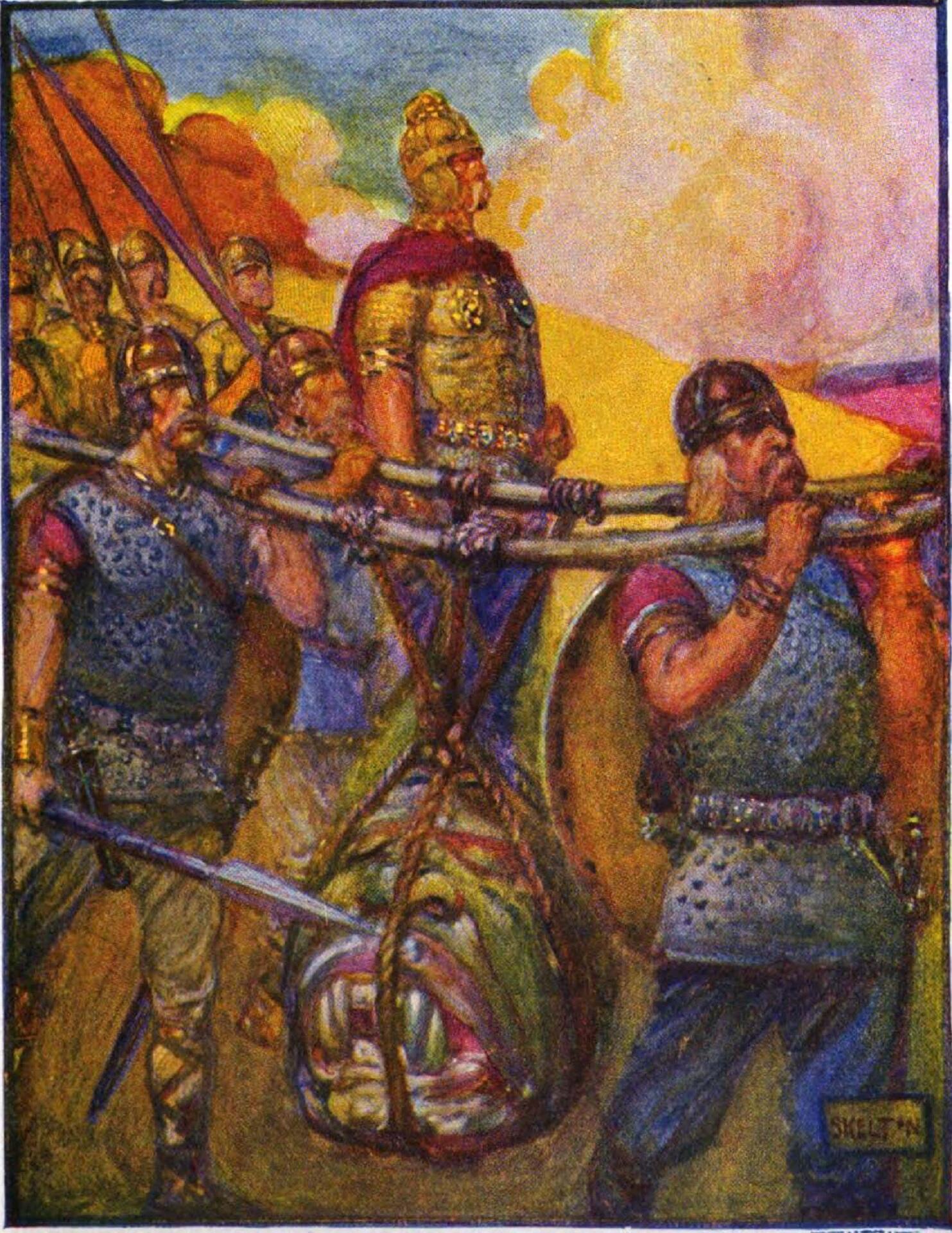
That's what the Heorot mead hall patrons do with their raucous singing every night. Grendel is 'harrowed' - tortured with this constant noise. We might resist destroying our neighbours over such a trespass, but Grendel's dark nature won't permit that.
Word of Grendel invading the mead hall and eating its occupants reaches the hero Beowulf. King Hroðgar welcomes the hero's proposal to end this terror. Beowulf tricks Grendel into engaging with him and uses sheer physical strength to rip the monster's arm off.
Mortally wounded, Grendel runs back to his mother. Of course, Grendel is just one of three monsters inspiring fear and faith in Beowulf. Grendel's mother and the dragon also pose significant challenges for that epic poem's hero.
2. The Blatant Beast
This allegorical poem is one of the longest in the English literature canon. Over 4 000 stanzas (36 000 lines), Spenser narrates exploits of the English literature monsters he created. He assigns each of his knights oversight of a specific virtue, tasking them to fight against the monster that plagues it.
According to the etymology dictionary, Edmund Spenser made up 'blatant' to describe the monster that represents slander. He might have coined it from the Latin blatire - to babble.
Of those monsters, the Blatant Beast is, well, the most blatant. Born of envy and distraction, cursing in a thousand tongues, this Beast is on a mission to ruin people's lives and cause chaos. As an allegorical work, it teaches-preaches, rather than relates heroic events. Spenser wanted people to beware of the evils of slander.
3. Frankenstein's Monster
On first reading - and especially if the reader is young, it's easy to think that Frankenstein is the monster's name. Indeed, popular culture reinforces this belief; see the movie poster below. Even as the fun song above makes clear that Frankenstein is the monster, not the creature.
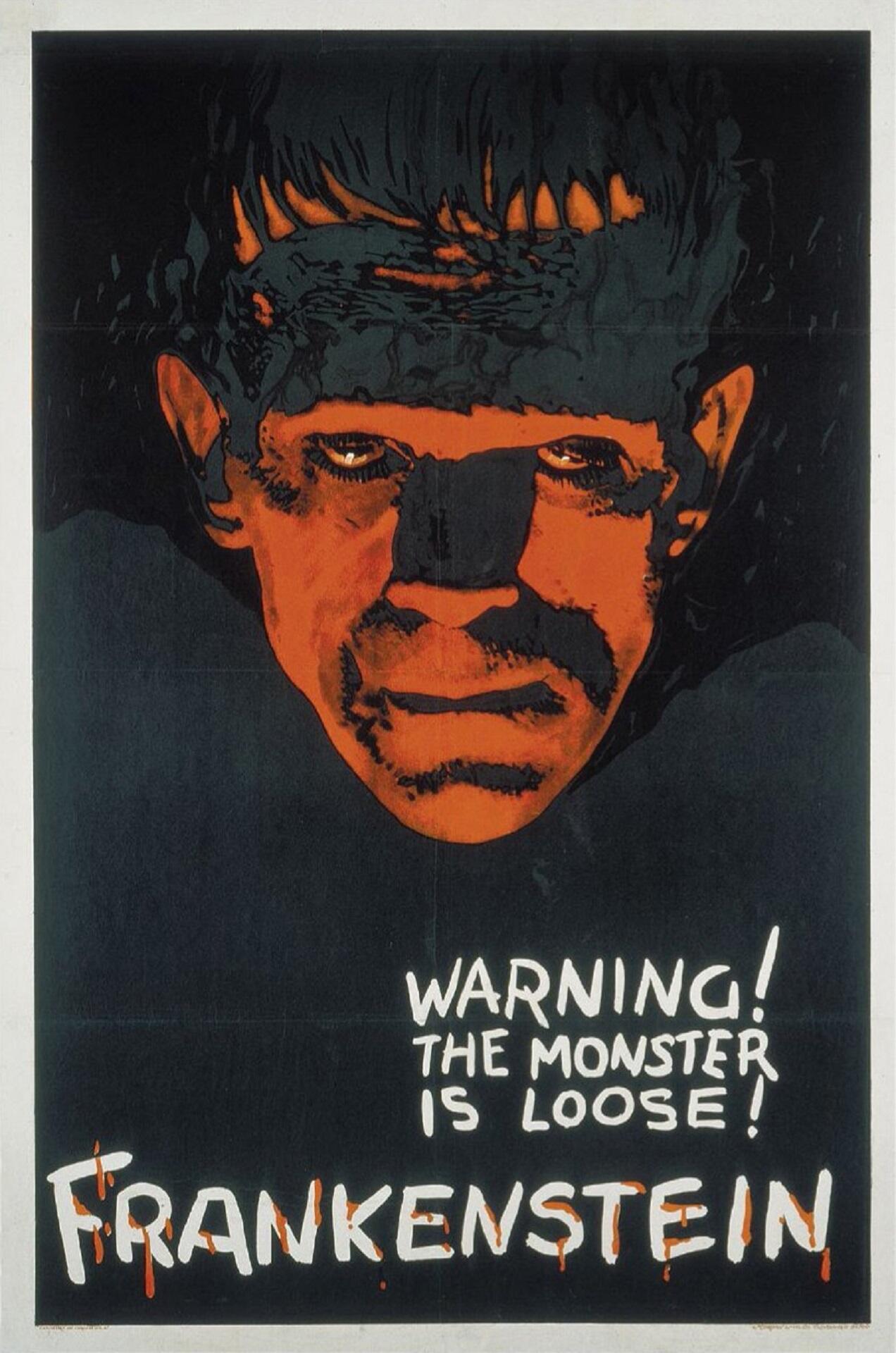
But we're getting ahead of ourselves. We have to start with the young man, curious about science, who creates a being out of discarded body parts that he energises with electricity. Now fearful, he abandons the frightful looking being he's created.
On his own, the wretch educates himself and tries to find a place in society. So hideous is he that nearly everyone rejects him on sight. He strikes out for revenge against his creator, but his gentle nature prevents him from doing so. Instead, he pleads for a companion, which the creator denies him.
Frankenstein's own weaknesses eventually do him in. As for the creature, he sets off into the Arctic with his broken heart. The reader is left to imagine his fate.
When Mary Shelley wrote Frankenstein, she deliberately did not name the creature. She intended for the book's full title, Frankenstein, or, the Modern Prometheus, to point to who the monster really was.
4. Mr Hyde
Robert Louis Stevenson wrote Hyde's story at the height of the Victorian era. That was a time when people feared disease and unknown 'others', and held religion, morality, and civic virtue as the standard to aspire to.
The fully conventional Dr Jekyll was all those things and more. The loathsome, vile Mr Hyde was anything but. How clever of Mr Stevenson to put both characters into one body!

5. The Canterville Ghost
An American family moves into the haunted Canterville Castle, bringing with them all their American sensibilities and attitudes. The ghost gently tries to nudge the home's new occupants out, but they insist the ghost's manoeuvres are unacceptable. The children tease and attack him, adding to the monster's humiliation.
Oscar Wilde had more than a bit of fun portraying Americans as brash and imperious. Still, in the end, he redeems the American ethos. The ghost appeals to the family's eldest daughter for help; she willingly goes through the steps to release the monster from his curse. The moral of the story is that love is more powerful than even death.
6. The Invisible Man
A mysterious, shrouded figure moves into Iping and soon becomes the talk of the town, though not for good reasons.
Thievery ensues, and violence, too. Finally, the invisible man is shot during an altercation. He takes shelter in a house that, to his good luck, belongs to a former medical school classmate.
Finally, we learn this monster's story. He's rejected by society for his unusual appearance, which compels him to want to be invisible.
The elixir he formulates is more successful than he could have anticipated, and it drives him mad in the process. He abandons his work to reverse his condition, deciding instead to terrorise the country.
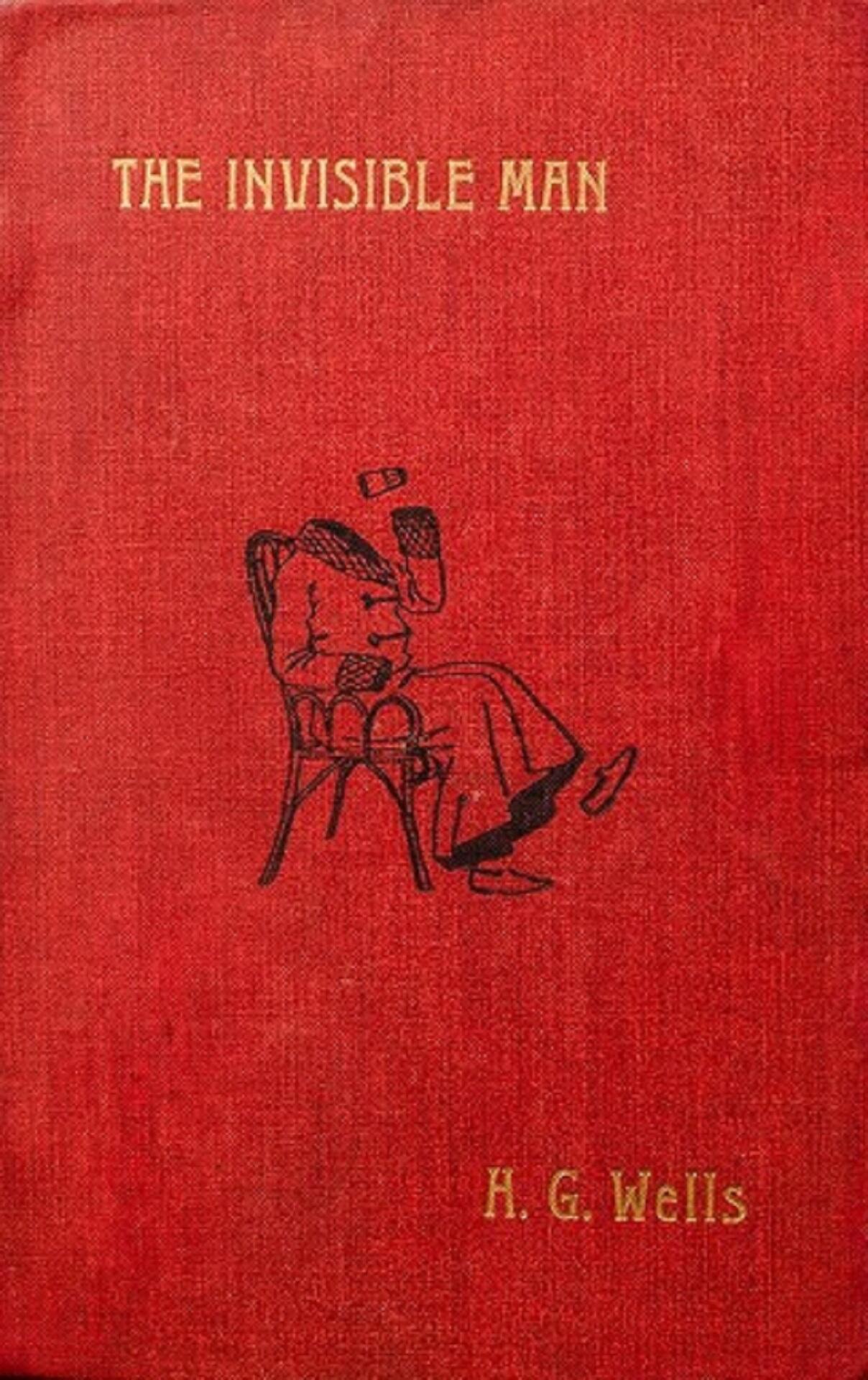
7. Dracula
Of all the famous monsters in English literature, Bram Stoker's ranks at the top of the list. Published towards the end of the Victorian era, it talks about that time's deepest fears. Those include the fear of disease, fear of immigrants, and the dangers of abandoning morality. With this work, Bram Stoker redefined vampire lore for the modern ages.
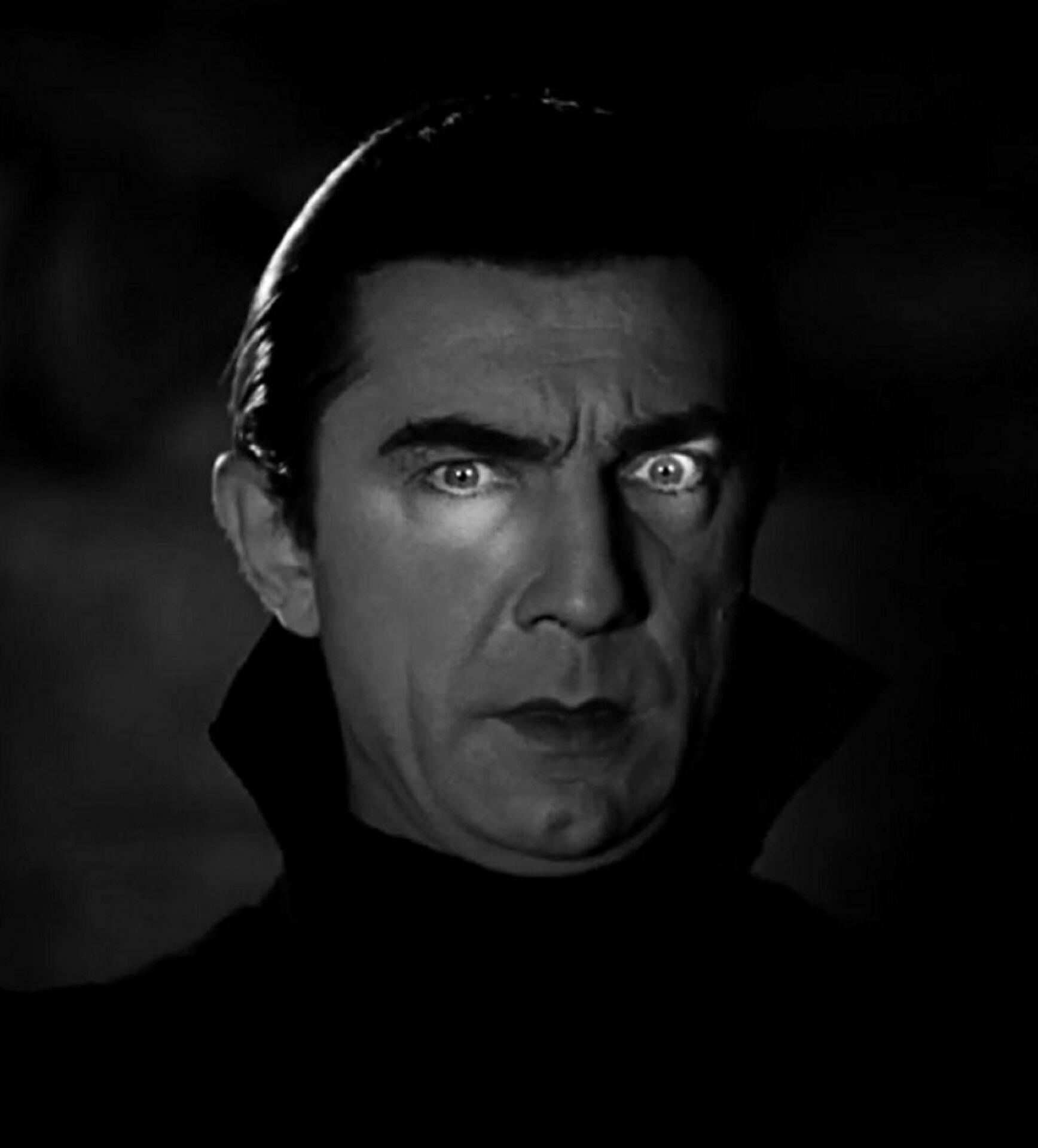
So renowned (and reviled) is this creature that he's created numerous retellings and twists to his tale. His vampire story contained enough traditional elements to pay tribute to legendary vampires of old. Yet he included enough modern elements to revolutionise the genre. It was like he was giving licence to all future vampire authors to take their monsters into uncharted waters!
8. The Beetle
Many classic monsters books feature shapeshifters, particularly those with Gothic overtones, Dracula being a case in point. The Beetle, an ancient Egyptian monster come to plague Victorian England, is another. The author enlists four voices to narrate The Beetle's tale.
Robert Holt
- a downtrodden man seeking employment
- unlucky, he shelters in an abandoned house
- The Beetle takes over his mind, forces him to commit a crime
- leaving the crime scene, he meets the second narrator
Sydney Altherton
- one part of a love triangle
- The Beetle can't access his mind
- the monster promises love's reward
- he does The Beetle's bidding
- his love object is declared insane and hustled out of his life.
Two more voices add to this convoluted tale:
Marjorie Lindon
- declared insane by her father
- she calls on Sydney to solve a mystery
- she is captured by The Beetle
Detective Champnell
- no connection to others in the story
- he puts his policing skills to finding the missing people
- he stops The Beetle from fleeing to Egypt with his victims
This skilfully woven tale invokes Egyptian mythology and contrasts it with Victorian sensibilities. The Beetle, also called The Arab in the story, represents the loathsome outsider. The women, in true Victorian fashion, rely on the men to defeat the monster. The story plays out against an aristocratic background, and politics are involved.
Both stories were published around the same time.
For a while, The Beetle outsold Dracula but the vampire ultimately won the popularity contest.
9. Smaug
It would be foolish to discuss iconic monsters literature without a visit to the Hobbit realm. There, we find a mean-tempered dragon who's greedy and evil.
Smaug is the dragon that descended on the Dwarves' stronghold, driving them out. Now, he guards the treasure Bilbo Baggins and the dwarves will spend so long searching for. However, with Sauron ascending, Gandalf believes Smaug could be a real threat.
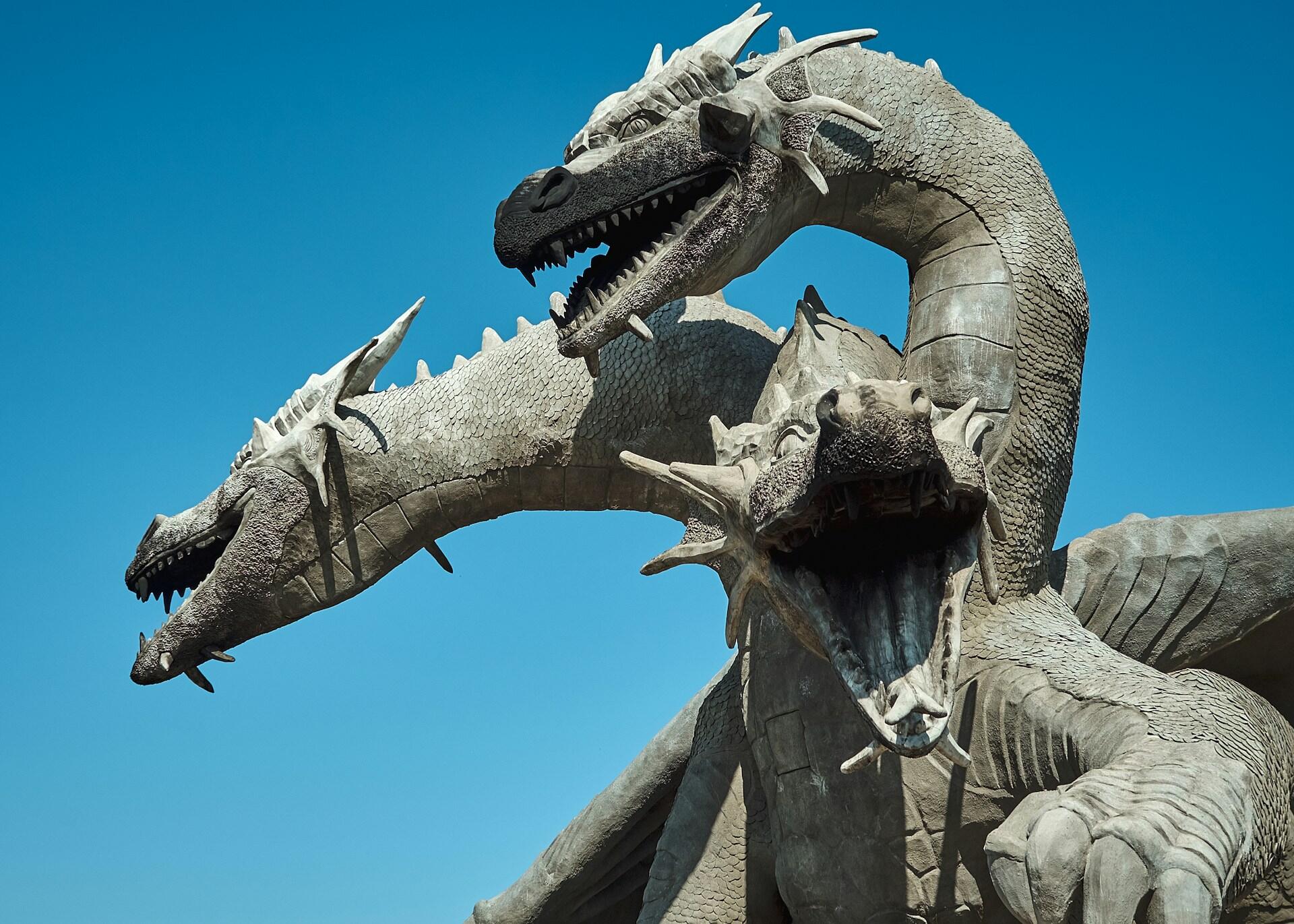
Reasoning that after a century and a half, the dragon would likely not recognise a hobbit's scent, the wizard Gandalf enlists Bilbo in the quest. Initially successful, the hobbit nevertheless manages to enrage the dragon. For revenge, Smaug flies towards the men's town, intent on destroying it.
Literary critics trace the author's inspiration for Smaug to Beowulf's dragon. Henry Wadsworth Longfellow's talking bird in The Song of Hiawatha inspired The Hobbit's talking thrush.
10. The Balrog
These evil fire-demons also come to us from Middle-earth. They are nearly invincible, on par with dragons, and among Morgoth's most-feared creatures. Unlike typical English literature monsters, they don't hold a mirror to society's values, nor do they serve as cautionary tales.
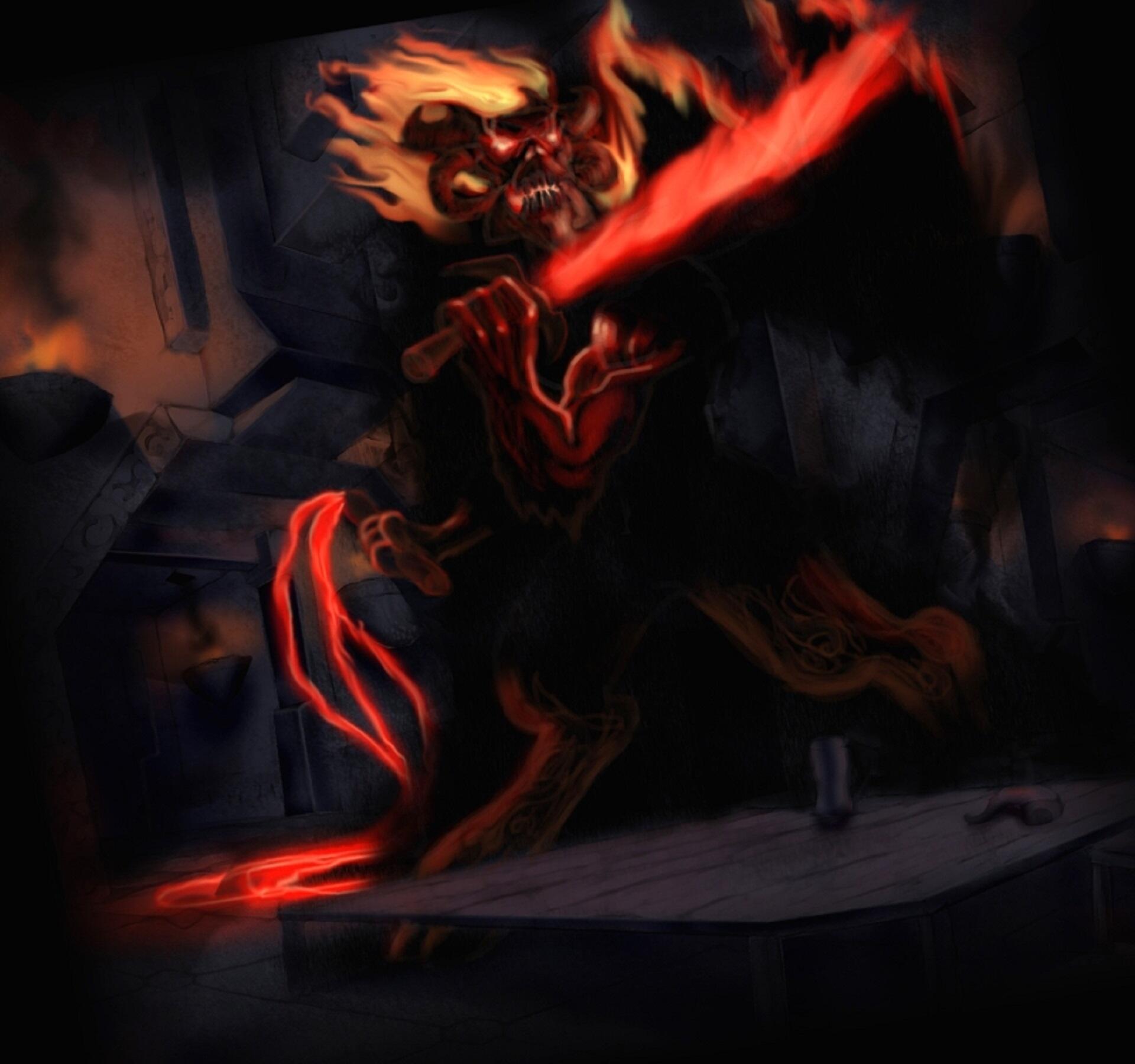
However, they do play into the good-versus-evil trope so common in all these stories.
In fact, Tolkien made his monsters more powerful and menacing than he'd originally intended.
They also lack the depth and complexity of character other monsters on our list embody.
Despite all these English literature monsters - or, perhaps because of them, tales of vampires remain heavy favourites. So much so that vampire stories have evolved from them being frightful, hateful creatures to helpful, comedic, and/or romantic partners. Literature's most famous vampires give us the full literary experience!

